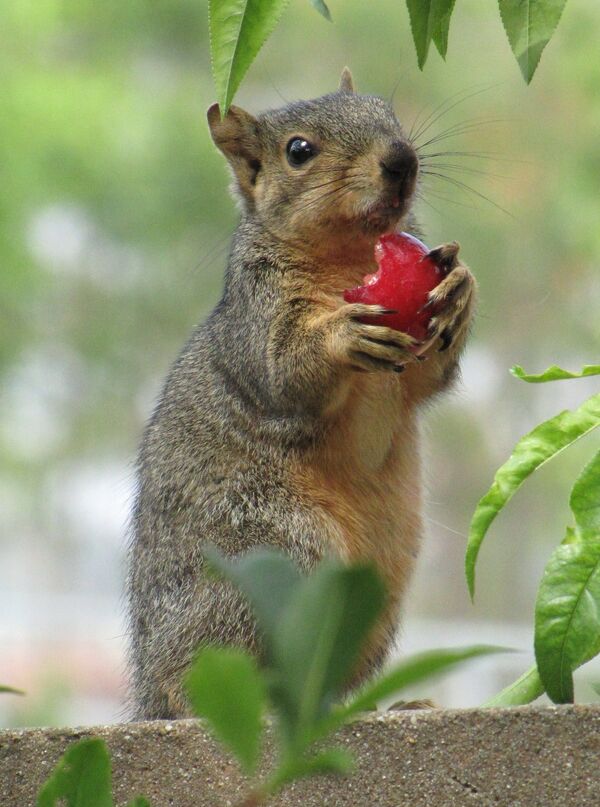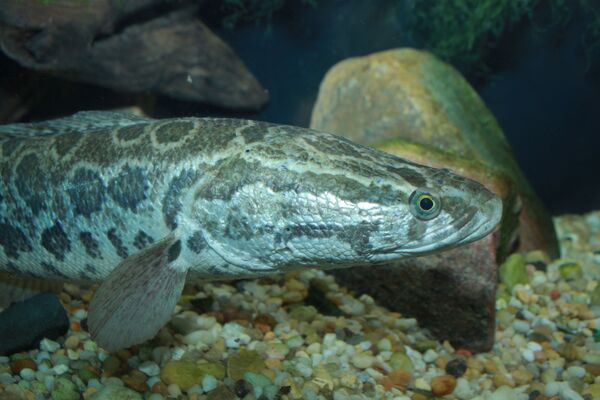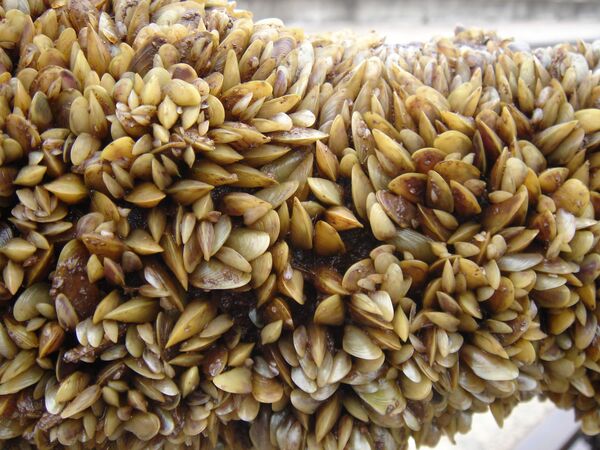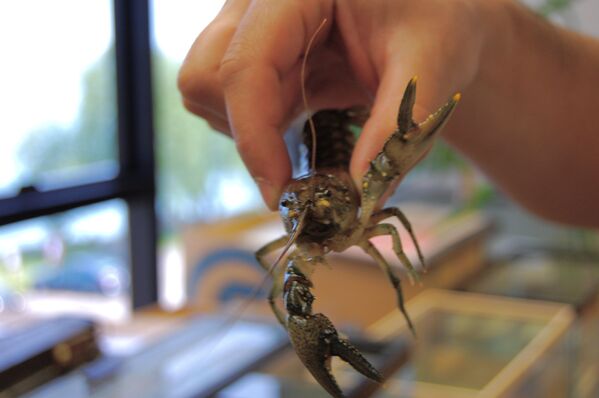Scientists considered eight species to be the most dangerous, another 40 to be high-risk, and 18 others to be medium-risk.
Species considered by the team of researchers included plants, terrestrial invertebrates and some marine and freshwater vertebrates and invertebrates.

Sciurus niger - fox squirrel.

Snakehead - Channa argus.

This US Department of Agriculture handout photo received 05 October 2004, shows the northern snakehead fish. Recently, the non-native airbreathing freshwater fish has generated national media attention as the latest invasive species to threaten native fish and wildlife resources and the economic sectors that depend on them. In scientific terms, snakeheads are divided into two distinct genera: Channa (snakeheads of Asia, Malaysia and Indonesia), and Parachanna (African snakeheads). Snakeheads are a diverse family of fish native to parts of China, Russia, and Korea. The Northern Snakehead, Channa Argus, is part of this family that has recently been in the news in the Eastern United States.

Limnoperna fortunei colony on a tree trunk recovered from the bottom of Salto Grande reservoir (Uruguay River, Argentina-Uruguay)/

5/9
Rusty crayfish flexing its major chelae in the lab at Carthage College, in Kenosha, WI.

Plotosus lineatus.

7/9
© AP Photo / Suzanne Plunkett
Wayan Surde, 75, holds the intertidal variety of seaweed called Codium, off the shores of the Indian Ocean, in Nusa Dua, Bali, Oct. 9, 2003, in Indonesia. Surde, who has been working as a seaweed gatherer for 10 years, says that there have been many recently-unemployed workers turning to seaweed farming to make ends meet, since last year's bombings in Bali.

Onyx Slipper Snail; Length 3.2 cm; Originating from Pacific coast of Mexico; Shell of own collection, therefore not geocoded.

9/9
Mytilopsis sallei was detected and eradicated from a harbour in Darwin, NT in the late 1990s.



